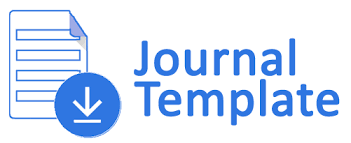ANTONYM IN “THE GOBLIN OF ADACHIGAHARA” FABLE BY YEI THEODORA OZAKI
DOI:
https://doi.org/10.32520/eji.v7i1.2016Keywords:
Antonymy, Classification of AntonymAbstract
This study aims to analyze the antonyms contained in the Fable "The Goblin of Adachigahara" by Yei Theodora Ozaki. The method used in this study is a qualitative research, where the author investigates antonyms, trying to group words based on the types of antonyms. The data is taken from the data source, namely from The Goblin of Adachigahara. The results of this study are the authors found that there are three types of antonyms in The Goblin Of Adachigahara, namely Gradual Antonyms, Complementary Antonyms, and Converse Antonyms. The focus of the paper is the use of antonymy in specific English texts from linguistic perspective, in which abundant examples of antonyms are quoted to help the illustration and prove that comprehending and investigating into antonymy can help the understanding of different texts and the rising of literature flavor.
References
Justeson, John S. & Katz, Slava M. (1991). Co-occurrences of Antonymous Adjectives and Their Contexts. Computational Linguistics, 17, 1-19.
Zheng, Qianshen (2014). Journal of Language Teaching and Research, Vol. 5, No. 1, pp. 234-238




















